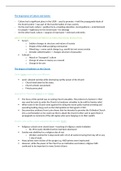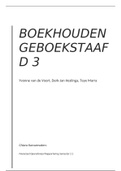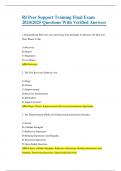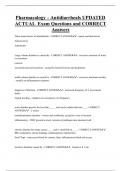Class notes
AQA A Level History Depth Study Notes - Russia: Culture and Society Under Stalin
- Course
- Institution
- Book
Extremely high quality notes for the AQA A Level history Depth Study (Russia). Notes cover/include: - Importance of culture & society - Impact of Stalinism on the Church - Impact of Stalinism on Women - Impact of Stalinism on Young People - Impact of Stalinism on Working Men - Urban & R...
[Show more]













